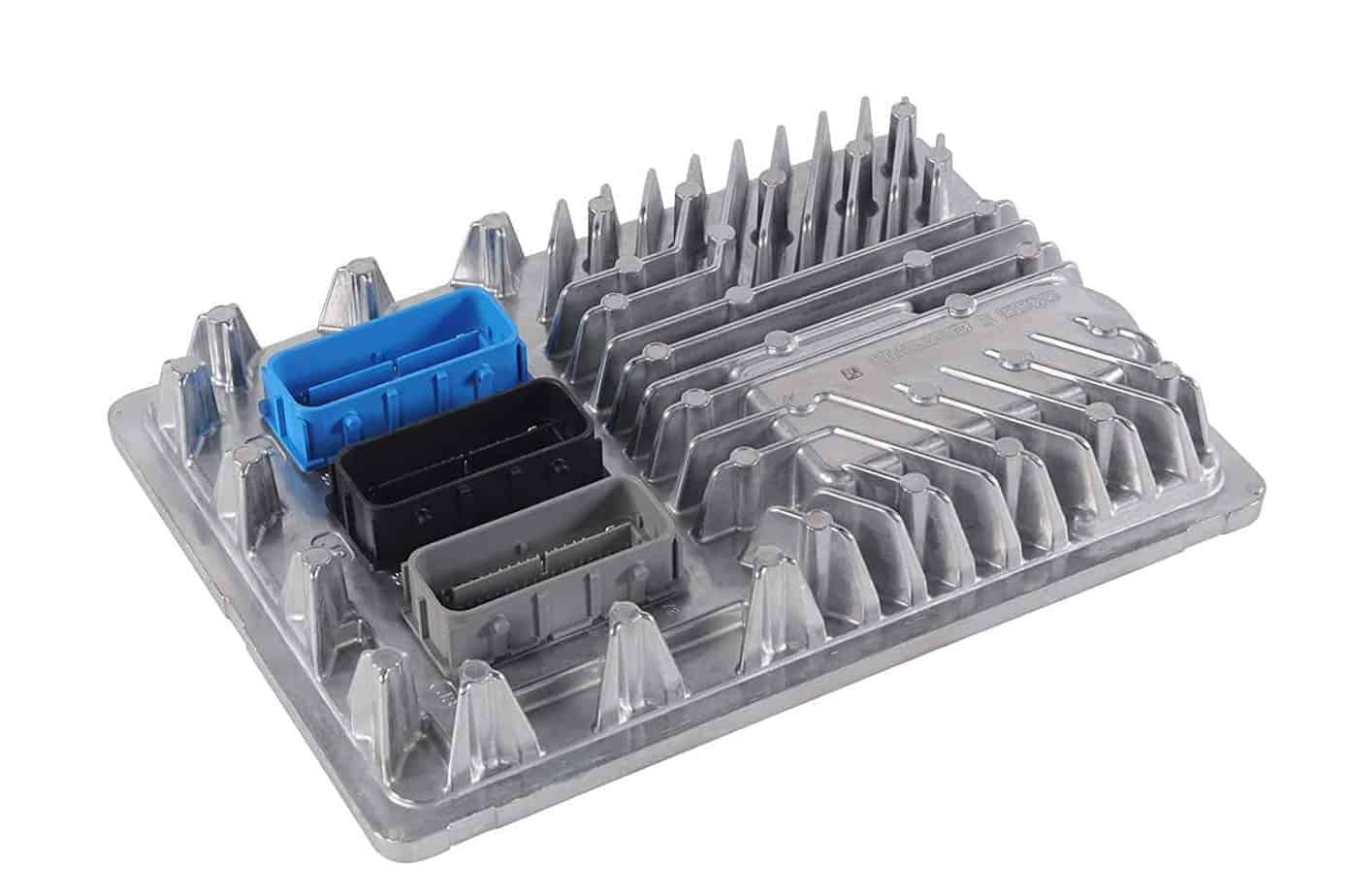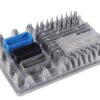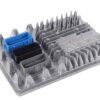Restore Peak Performance to Your GM Truck or SUV
Is your Sierra Denali, Escalade, or Tahoe suffering from frustrating and intermittent issues like a persistent check engine light, rough idling, stalling, or a complete no-start condition? These are classic signs of a failing Engine Control Module (ECM), the critical computer that manages your vehicle’s performance. Don’t let a faulty module keep your high-performance vehicle sidelined. This genuine GM ECM is the definitive solution, arriving at your door professionally programmed to your specific Vehicle Identification Number (VIN) with the latest factory software.
Common Symptoms of a Failing ECM & Your Direct Solution
A failing engine computer can cause a cascade of confusing problems. You might be chasing sensor codes or experiencing poor fuel economy and hesitation, all pointing back to a compromised central processor. This pre-programmed module is designed to resolve those issues and get your vehicle running smoothly again. If you’re experiencing any of the following, this is the part you need:
- Unexplained Check Engine Lights (CEL)
- Engine stalling or cutting out while driving
- Rough or inconsistent engine idle
- Noticeable loss of power and acceleration
- Poor fuel mileage
- Communication errors with diagnostic scan tools
- Vehicle fails to start
By ordering this part, you’re not just getting a replacement; you’re getting a component specifically calibrated for your 2017 Sierra Denali 1500 ECM, ensuring all systems operate exactly as the manufacturer intended.
Features & Benefits
- ✔ VIN-Specific Programming: We flash this module with the latest GM software using your vehicle’s unique VIN, guaranteeing perfect compatibility and communication with other onboard systems.
- ✔ Plug-and-Play Ready: Arrives ready for installation, saving you a costly trip to the dealership for programming. A simple security relearn may be required on-site.
- ✔ Restores Original Performance: Corrects engine management issues to restore lost power, smooth out your idle, and improve fuel efficiency.
- ✔ Direct-Fit Replacement: Engineered to be a perfect replacement for multiple OEM part numbers, including 12674472, 12692068, 12704476, 12686382, and more.
- ✔ Peace of Mind: This unit is backed by our one-year replacement warranty.
Expert Insight: Why VIN Programming is Non-Negotiable
In modern vehicles like your Sierra Denali, the ECM is the central hub of a complex data network. It constantly communicates with the transmission, ABS, body control module, and security system. A generic, non-programmed module from a salvage yard simply won’t work—the vehicle’s security system will reject it, resulting in a no-start condition. Our mandatory VIN programming ensures this new ECM has the correct digital ‘handshake’ information, calibrations, and software version for your truck’s specific options and build sheet. This is the only way to ensure a correct and lasting repair.
Frequently Asked Questions
Do I need to program this ECM myself?
No. We handle the programming for you before shipment. You must provide us with your vehicle’s 17-digit VIN after you complete your purchase so we can flash the module with the correct GM software for your exact vehicle.
What is the “theft relearn” and will I need to do it?
The vehicle theft deterrent system (VTD) requires the ECM to be synchronized with your vehicle’s other modules. After installation, if the truck won’t start, a security relearn procedure is necessary. This is a standard step that can be performed using professional GM diagnostic tools like Tis2web or Techline Connect. This is the responsibility of the installer.
Where do I provide my VIN?
After you place your order, you will receive instructions on how to send us your VIN. We cannot ship your part until we receive and validate your vehicle’s VIN for programming.
How do I confirm this fits my vehicle?
This 2017 Sierra Denali 1500 ECM fits a wide range of GM vehicles. Please review the detailed fitment list on this page and match your original part number to one of the numbers listed (e.g., 12674472, 12686382). If you are unsure, please contact us with your VIN for verification.
What if my original part number isn’t listed here?
If your part number is not on the compatibility list, this module may not be correct for your vehicle. Please contact our support team with your VIN and original part number, and we will be happy to assist you in finding the right part.
What does the one-year replacement warranty cover?
The warranty covers any functional defects of the module itself for a period of one year from the date of purchase. It provides for a replacement unit should the part fail within the warranty period.


